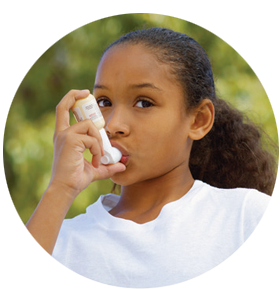When you identify a patient’s triggers, you can minimize exposure to allergens and reduce symptoms


Inner-City Asthma Study (ICAS). Controlled trial of environmental interventions (education and remediation) for exposure to allergens and environmental tobacco smoke. Symptom results per patient for intervention year and follow up year.

A practical and proven way to reduce environmental allergen load

Patients spend up to 90% of their time indoors.. 2/3 of that time in their homes

Allergen control measures in home settings, particularly the bedroom, have been proven effective in reducing symptoms



“The first and most important step in controlling allergen-induced asthma is to advise patients to reduce exposure to relevant indoor and outdoor
allergens to which the patient is sensitive”

Dust Mite
Cockroach
dog dander
cat dander
trees
weeds & grasses
molds
Cigarette
Smoke
Air Pollution
Perfume
Temperature
Change
Alcohol
infection
Lab reports are quantifiable and graphical on a single page. Reports contain Total IgE and a profile of 28 food allergens, 40 inhalant allergens or 68 combined food & inhalant allergens for unsurpassed positive and negative predictive values. Efficient for the clinician and educational for the patient.